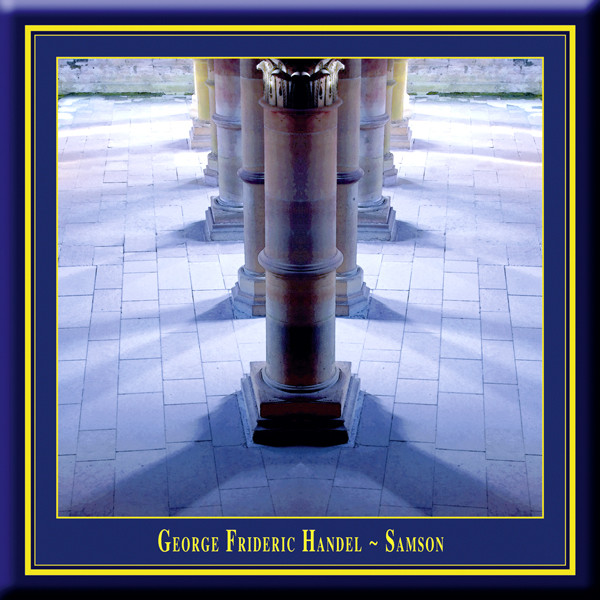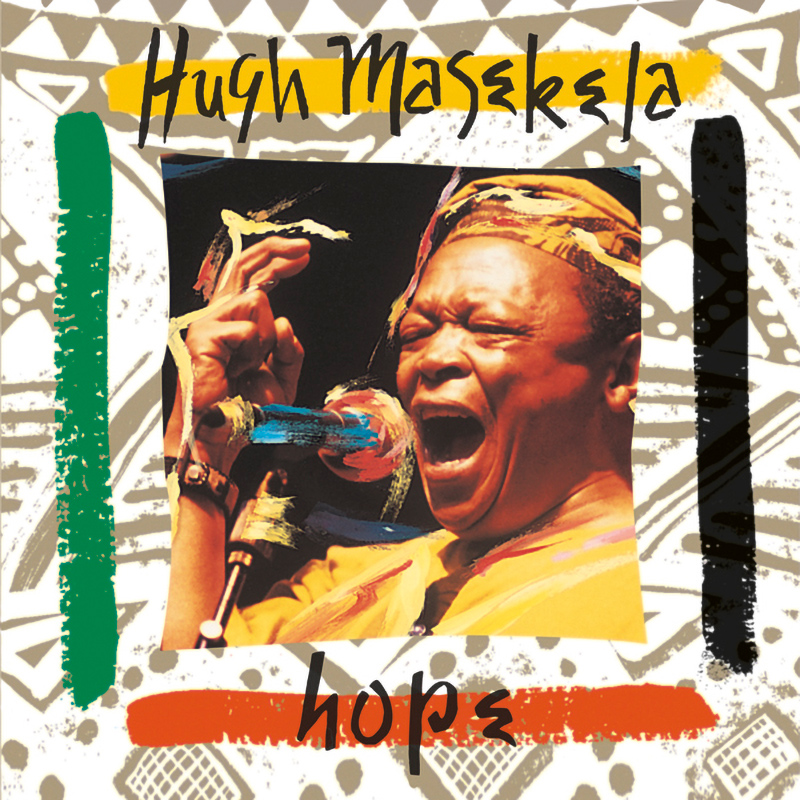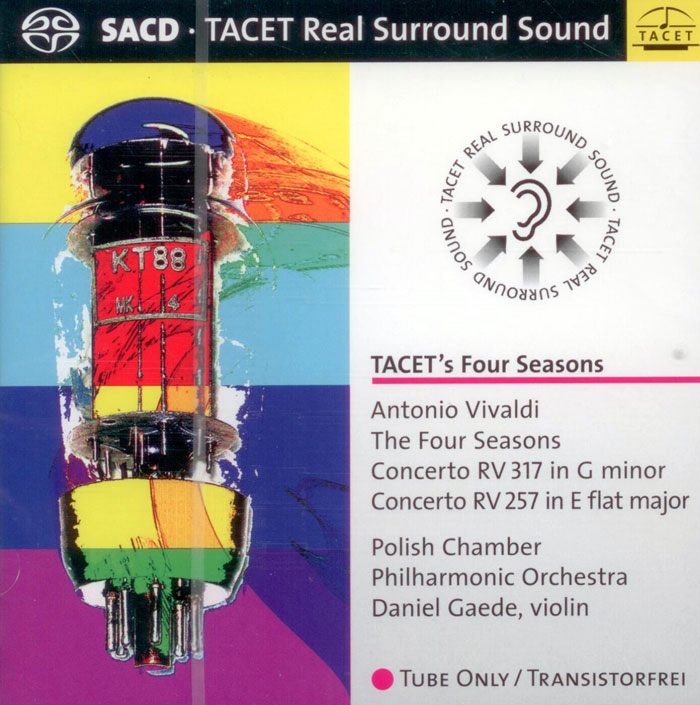Logowanie
Mikołaj - ten to ma gest!
Elton John, The Mamas & The Papas, Cat Stevens, Rod Stewart, Bobbie Gentry, Stevie Wonder, Engelbert Humperdinck
Memory Lane
Edycja Numerowana - 1000 egzemplarzy w skali światowej
RACHMANINOV, Eiji Oue, Minnesota Orchestra
Symphonic Dances / Vocalise
Best Recordings of 2001!!! NAJCZĘŚCIEJ KUPOWANA PŁYTA Z RR!
Karnawał czas zacząć!
Music of Love - Hi-Fi Latin Rhythms
Samba : Music of Celebration
AUDIOPHILE 24BIT RECORDING AND MASTERING
CHOPIN, LISZT, DEBUSSY, DVORAK, Gerhard Oppitz
Dances romantiques - A fantastic Notturno
Wzorcowa jakość audiofilska z Clearaudio
Winylowy niezbędnik
ClearAudio
Double Matrix Professional - Sonic
najbardziej inteligentna i skuteczna pralka do płyt winylowych wszelkiego typu - całkowicie automatyczna
HANDEL, Sinead Pratschke, Michael Chance, Jurgen Budday, Barockorchester der Klosterkonzerte
Samson

- Sinead Pratschke - soprano
- Michael Chance - tenor
- Jurgen Budday - conductor
- Barockorchester der Klosterkonzerte - orchestra
- HANDEL
NAGRANIE ZE SLYNNEJ KOLEKCJI KLASZTORU MAULBRONN - NAJLEPSZA AKUSTYKA NA SWIECIE!
This recording is part of a cycle of old testament oratorios by G. F. Handel and is one of the many concerts performed at Maulbronn monastery over the past years. The series combines authentically performed baroque oratorios with the optimal acoustics and atmosphere of this unique monastic church. This ideal location demands the transparency of playing and the interpretive unveiling of the rhetoric intimations of the composition, which is especially aided by the historically authentic performance. The music is exclusively performed on reconstructed historical instruments, which are tuned to the pitch customary in the composers lifetime (a = 415 Hz). Immediately after the „Messias“, which was created within the 24 days between august, 22. and september, 14. 1741, Händel started to compose „Samson.“ At october, 29. 1741 he finished the last act, which means that those two biggest oratories, the „Messias“ and „Samson,“ came into being within ten successive weeks only. Samson‘s dramaturgical fundament comes from the book „judges“ of the bible. John Milton, England‘s most important baroque poet, has formed his epos „Samson Agonistes“ by following freely the outlines of the bible. Newburgh Hamilton transformed it for Händel‘s oratory. It descibes the betrayal, the remorse and the victory of Samson, the israelean army commander, whose power grew with his hair, as the legend tells us. The work starts one year after the capture and blinding of Samson, when the priests of the pagan god Dagon are celebrating their greatest triumph. In his last struggle Samson, accompained by his father Manoah and his friend Micah, has to stand the temptations of the seductress Dalila and the giant Harapha, which are both followers of god Dagon and his priests. When his strenghs returns, Samson smashes the pillars of Dragon’s temple and buries the enemies and himself under the rubble. Come, come and liter your moaning now, for our hero, Samson, died as Samson. In death and life winner, he gave ruin to our enemies, never ending glory to himself... The English Oratorio HWV 57, performed according to the traditions of the time by Sinéad Pratschke (Soprano), Michael Chance (Countertenor), Mark Le Brocq (Tenor), Raimund Nolte (Baritone), David Thomas (Bass), Monastery Baroque Orchestra, Maulbronn Chamber Choir (Maulbronner Kammerchor) Conductor: Jürgen Budday A concert recording from the church of the German UNESCO World Heritage Site Maulbronn Monastery DDD · Double Album · c. 150 Minutes
































